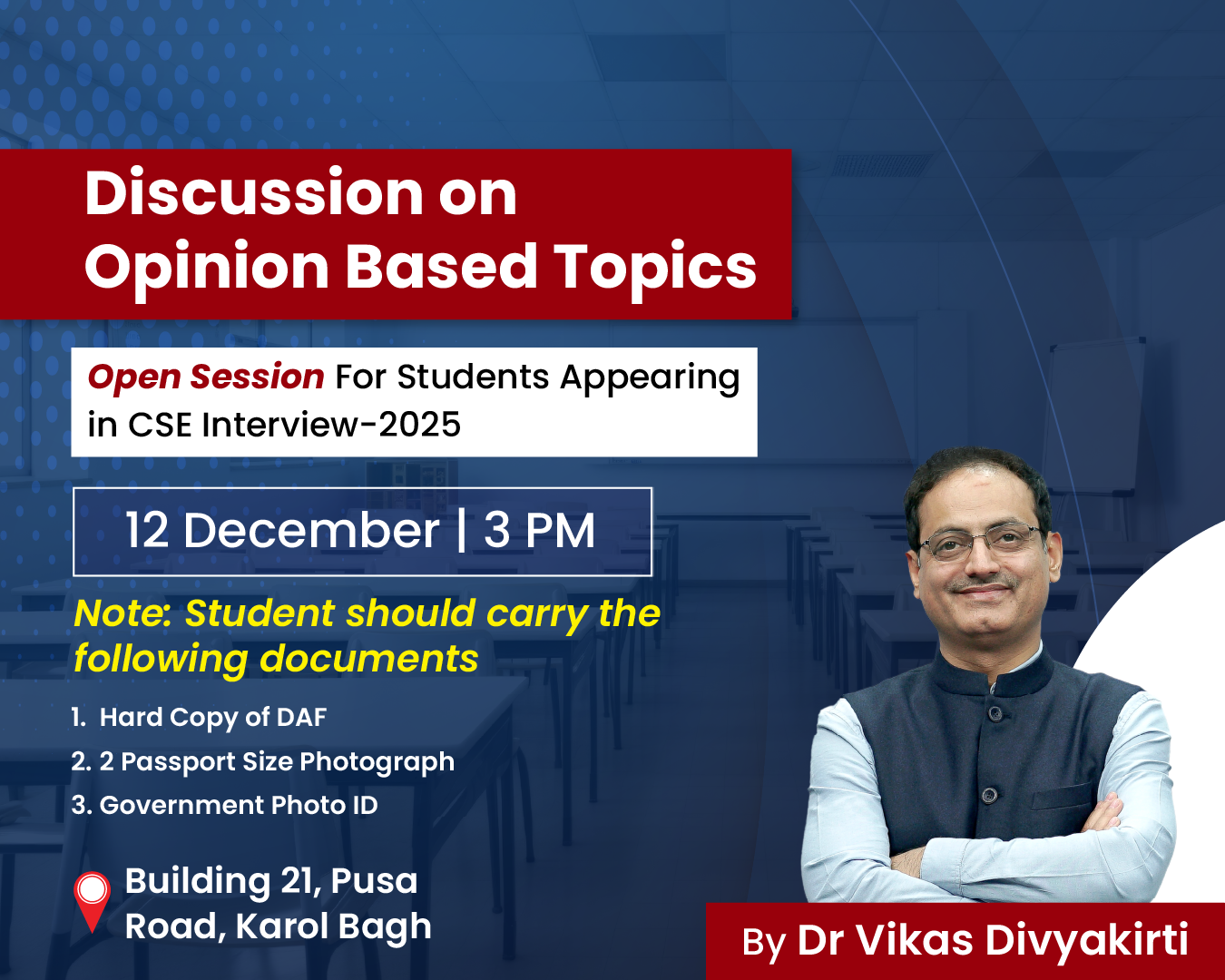-
18 Jun 2025
GS Paper 1
History
Day 3: "The Kakori Conspiracy was not just a robbery but a well-thought-out ideological act of defiance by revolutionaries.” Comment.(150 words)
Approach :
- Briefly introduce the Kakori Conspiracy of 1925.
- Explain its deeper ideological motivations.
- To conclude, highlight the legacy of sacrifice and the message.
Introduction:
The Kakori Conspiracy, executed on 9 August 1925, was far more than a mere train robbery involving government funds. It was a deliberate, symbolic, and ideologically driven act of political resistance orchestrated by the Hindustan Republican Association (HRA). The operation aimed to challenge British colonial authority and secure resources to sustain the armed revolutionary movement for India’s independence.
Body :
Ideological Foundations
- The HRA, formed in 1924, believed that violent struggle was necessary to uproot British imperialism.
- Inspired by socialist and nationalist ideals, it aimed to build a republic of the people.
- Lacking financial resources to sustain the movement, the revolutionaries saw the train robbery as a means to acquire state funds, not for personal gain, but for nation-building activities, including arms procurement and propaganda.
Meticulous Planning and Execution
Led by Ram Prasad Bismil, Ashfaqullah Khan, Rajendra Lahiri, and others, the Kakori plot was carefully crafted.
- The train carrying British treasury funds from Shahjahanpur to Lucknow was intercepted near Kakori on August 9, 1925.
- The operation was executed with precision and discipline, reflecting the revolutionaries' military mindset and ideological clarity.
- Far from a random criminal act, it was a message to the empire—that India’s youth were willing to fight and die for freedom.
Political Symbolism
- The act was meant to challenge the economic foundations of colonial rule, highlighting how British governance was funded by Indian resources.
- It served as a public demonstration of resistance, aimed at awakening nationalist sentiments among Indian youth.
Reaction and Aftermath
- The British government responded with severe repression—arrests, trials, and executions (including Bismil, Ashfaqulla, and Lahiri).
- Despite the crackdown, the incident galvanized revolutionary movements, inspiring future leaders and revolutionaries like Bhagat Singh.
Conclusion:
The conspiracy marked a shift from moderate constitutionalism to militant nationalism. It showcased how revolutionaries blended patriotism with sacrifice, using symbolic actions to delegitimize British authority. Bipan Chandra remarked that such revolutionary acts were not isolated events but “part of a conscious and ideological resistance to colonialism.”.





